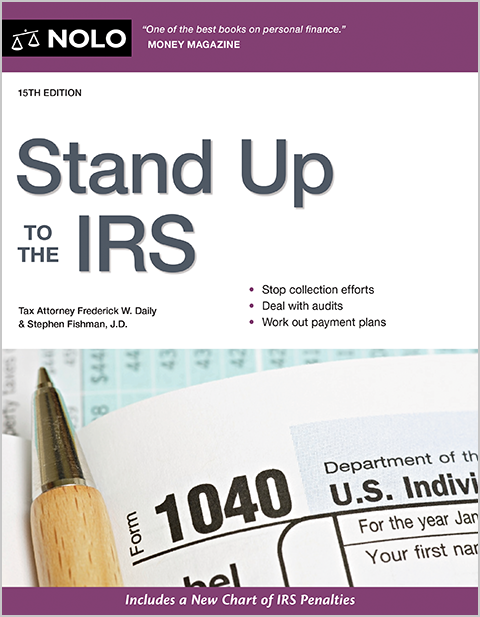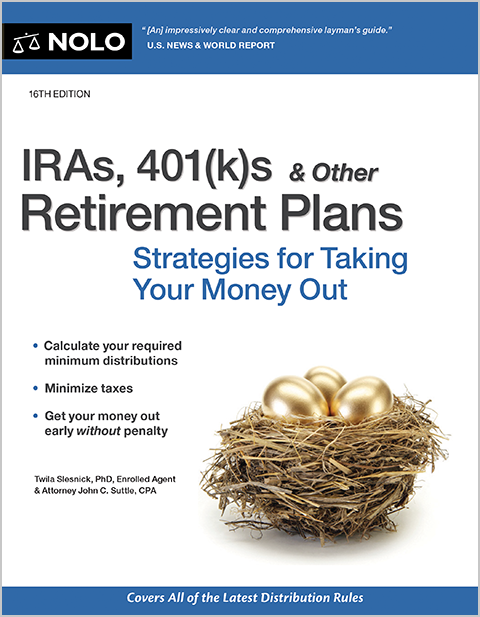IRS PAL rules severely limit the ability to deduct passive losses from other income.
It might seem strange for someone to invest money in a business designed to lose money. However, thirty or more years ago this used to happen all the time because money-losing businesses could provide wealthy taxpayers with valuable tax benefits.
Money-losing businesses were valuable tax shelters because taxpayers could freely deduct all the losses they incurred from such investments from the other income they earned. This led to enormous abuses. In the 1980s, wealthy individuals invested in real estate limited partnerships and other tax shelters created solely to generate large losses through depreciation, interest, and other deductions. The investors in these tax shelters would use their paper losses to offset their other real income. The tax benefits obtained could far exceed the amount of money invested in the tax shelter.
All this came to an abrupt end in 1986 when Congress enacted the passive activity loss rules. (I.R.C. Section 469.) These rules were designed to limit a taxpayer's ability to use real estate or business losses to offset other income. The PAL rules apply to all business activities, but are particularly strict for real estate rentals because they were the primary tax shelter.
The passive activity loss rules created a special category of income and loss called passive income or loss. There are two types of passive income or loss. Passive income or loss comes from:
- businesses in which you don't materially participate, and
- all rental properties you own.
It's easy to know whether you have income or loss from real estate rentals. But the concept of "material participation" is more complicated. You materially participate in a business only if you are involved with its day-to-day operations on a regular, continuous, and substantial basis. (I.R.C. Section 469(h).) The IRS has created several tests to determine material participation, based on the amount of time you spend working at it.
The most commonly used test is the 500 hour test: you materially participate in any business in which you work more than 500 hours during the year. For example, a person who owns a restaurant and spends more than 500 hours per year working in it actively participates in the business. The income or loss that person incurs from the business is active, not passive. On the other hand, a person who invests in a restaurant, but spends no time at all actually working in the business, does not materially participate in the business. His or her income or loss from the restaurant is passive income or loss.
Note that even if you work over 500 hours per year at real estate rentals, the income remains passive. The only exception is if you qualify as a "real estate professional." To do so, you must spend over 51% of your time (and at least 751 hours) working in real estate businesses each year and materially participate in your rental activity. However, a special rule allows landlords with up to $100,000 in total income to deduct up to $25,000 in rental losses each year.
Why is all this important? Because you can deduct passive losses only from passive income, not from income from other sources such as earnings from a job or a business you actively manage. In addition, passive income does not include investment or dividend income.
Example: Sidney is a successful doctor. This year, he has $200,000 in income from his practice (salary income) and also earns $50,000 in income from investments (investment income). Sidney invests $25,000 in a real estate limited partnership tax shelter. The partnership owns several rental properties that operate at a substantial loss. At the end of the year, the partnership informs Sidney that his share of the partnership's annual operating loss is $75,000. Sidney invested in the limited partnership because he wanted to use his share of the losses it generated to reduce his taxable income from his medical practice. However, come tax time, he's in for a shock. Because passive losses are only deductible from passive income, Sidney cannot deduct his $75,000 passive loss from his medical practice income or his investment income. He earned no passive income during the year so he can't use his passive loss at all this year. His real estate tax shelter turned out to be useless.
This is what the passive activity loss rules are intended to do: prevent you from deducting your passive losses (such as from rental activities or businesses in which you don't actively work) from your non-passive income. Thus, there is no point in investing in real estate rentals or other passive activities just to incur tax losses because you won't be able to use these losses to offset your other non-passive income.
The Tax Cuts and Jobs Act (TCJA), the massive tax law enacted by Congress that took effect in 2018, did not alter the passive loss rules. They remain in place. However, the TCJA added new restrictions on deducting losses from businesses in which taxpayers materially participate as well as losses from real estate rentals incurred by real estate professionals. Starting in 2018 and continuing through 2025, married taxpayers filing jointly may deduct no more than $500,000 per year in such losses over their business and/or rental income. Single taxpayers may deduct no more then $250,000.
In other words, you may deduct losses equal to your total income from all your businesses and rentals and an additional $250,000 or $500,000. The effect is that no more than $250,000/$500,000 in business and/or rental losses can be deducted from nonbusiness or nonrental income in any one year during 2018 through 2025. The $250,000/$500,000 limit applies after the passive loss rules are applied. Unused excess business losses are deducted in any number of future years as part of the taxpayer's net operating loss (NOL) carryforward.
The excess business loss limitation applies to the total (aggregate) income and deductions from all of a taxpayer's trades or businesses, including rental and nonrental businesses. If spouses filing jointly have separate businesses, the $500,000 limit applies to the total income and deductions from all of their businesses, rental and nonrental. If a business or rental property is owned through a multi-member LLC taxed as a partnership, partnership, or S corporation, the $250,000/$500,000 limit applies to each owners' or members' share of the pass-through's losses.
Example: Sheila, a single taxpayer, is co-owner of a new struggling restaurant. She materially participates in the restaurant business, thus the passive loss rules don't prevent her from deducting her losses from the restaurant from her nonpassive income. In 2018, her share of losses from the restaurant amount to $270,000. She may deduct only $250,000 of this amount. The remaining $20,000 is carried forward to next year as a net operating loss.
To learn more about what you can or can't deduct, see Nolo's section on Business Deductions.
Talk to a Tax Attorney
Need a lawyer? Start here.
How it Works
- Briefly tell us about your case
- Provide your contact information
- Choose attorneys to contact you
- Briefly tell us about your case
- Provide your contact information
- Choose attorneys to contact you

